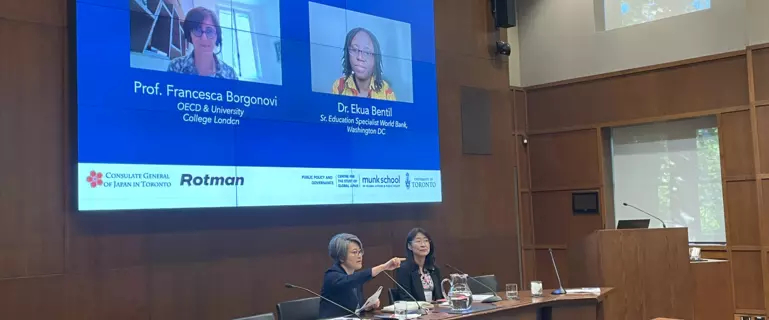
Event Report: Cultivating STEM/STEAM Thinkers: Linking Policy, Research, and Practice
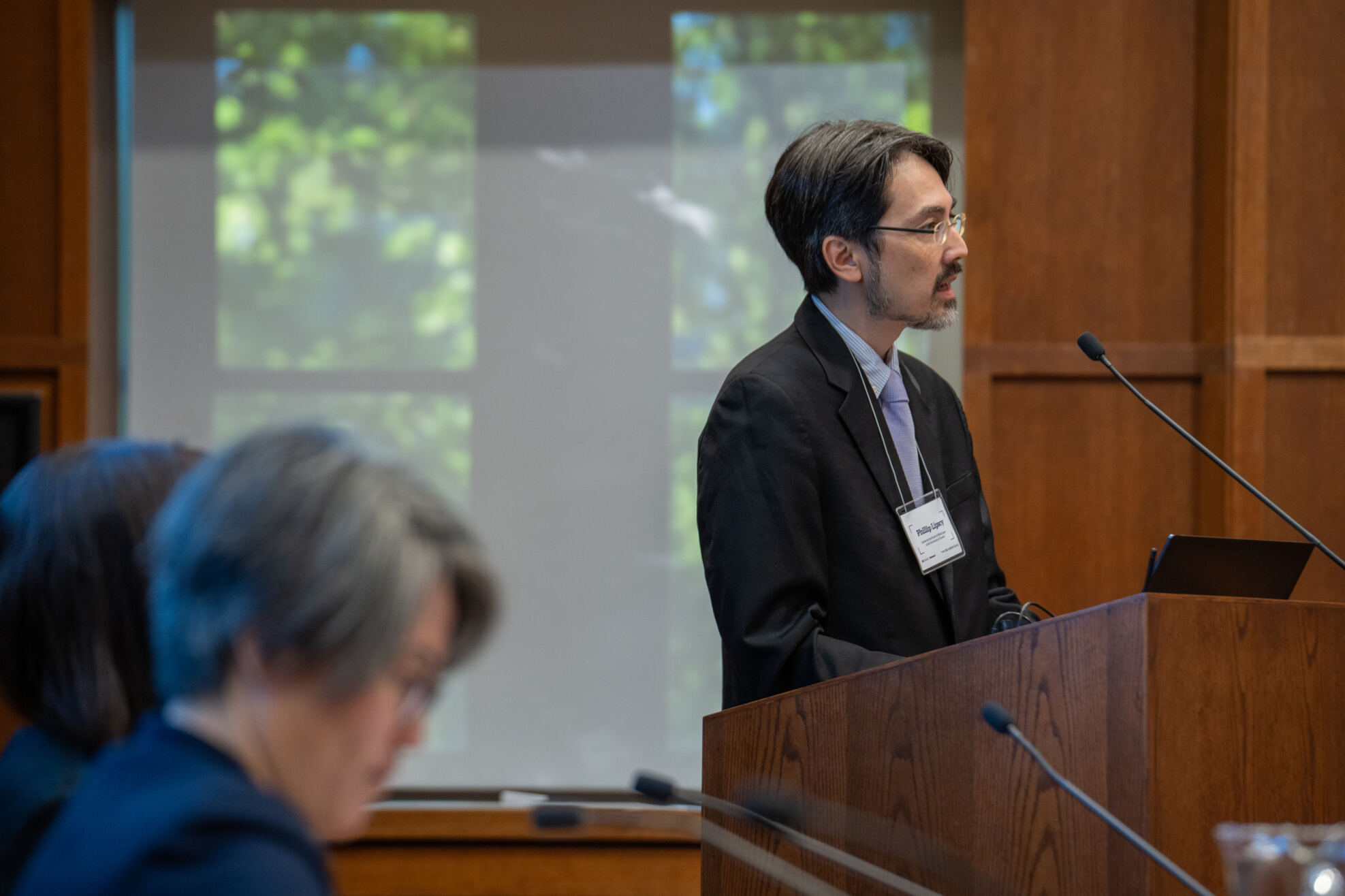
The “Cultivating STEM/STEAM Thinkers: Linking Policy, Research, and Practice” Symposium kicked off with opening remarks from Dr. Phillip Lipscy, Director of the Centre for the Study of Global Japan at the Munk School of Global Affairs & Public Policy. After a land acknowledgement, he expressed gratitude to key supporters, including the Consulate General of Japan in Toronto, the Rotman School of Management, and the Public Policy and Governance undergraduate program. Dr. Lipscy also acknowledged the pivotal role played by Dr. Rie Kijima in conceptualizing and implementing the Symposium. The Consul-General of Japan in Toronto, Sasayama Takuya, outlined his government’s policy in education and affirmed a commitment to STEM education, emphasizing investments in human resources and education to address gender disparities. Next, Dr. Sonia Kang, Canada Research Chair in Identity, Diversity, and Inclusion and Professor of Organizational Behaviour and HR Management at the University of Toronto, spoke about the rationales for why we must address the gender gap in STEM. She emphasized the importance of greater access and inclusion and framed it as a social justice issue.
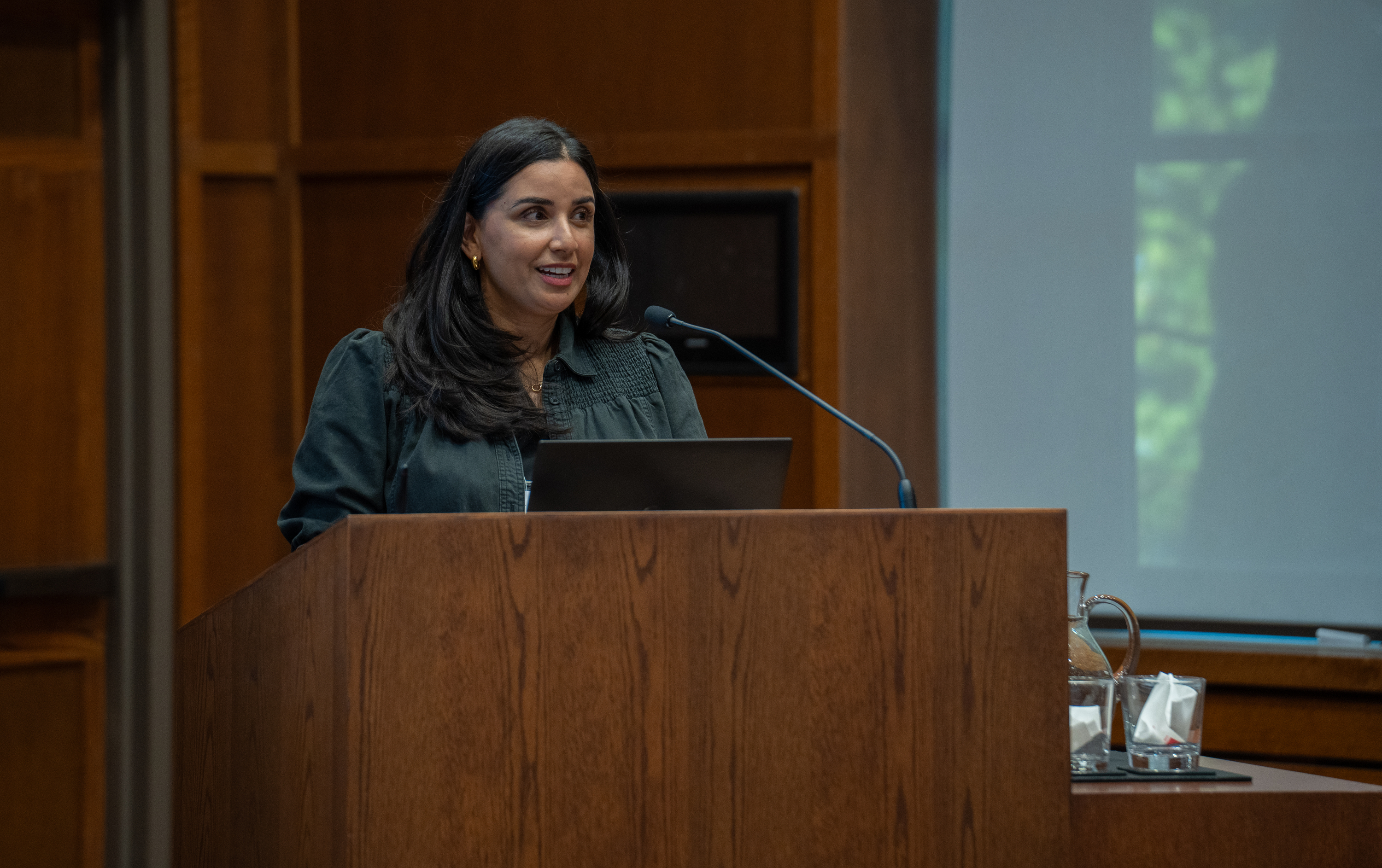
The first session featured Dr. Ekua Bentil, Senior Education Specialist at the World Bank, who delivered an insightful presentation on the state of education and STEM in Sub-Saharan Africa. She spoke about the need to improve enrollment rates, combat learning poverty, and promote STEM education while addressing gender disparities. She also spoke about Africa’s Centre of Excellence (ACE), which creates STEM hubs at universities across the African continent to train and educate STEM students, supported by the World Bank. Then, Dr. Francesca Borgonovi, British Academy Global Professor at the Institute of Education at University College London, highlighted gender disparities in STEM education across OECD countries. She spoke about the multifaceted factors contributing to these disparities, including societal and cultural factors, differences in mindsets, and the gap in the STEM pipeline that largely stem from students’ perceptions towards STEM. The third presentation was by Dr. Aki Sakuma from Keio University. Her talk focused on Japan's gender gap, referring to Japan’s low ranking in the 2023 World Economic Forum Gender Gap Index. She identified various factors that contribute to the gender disparity in STEM in Japan and advocated for government’s support to increase women’s representation in STEM fields.
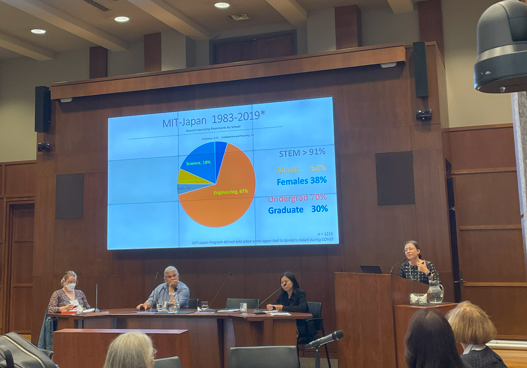
Session 2 was entitled, “Active Learning, Climate Change, and Cross-cultural Experiences," In the first presentation, Dr. Chihiro Nakagawa highlighted the benefits of introducing debate in Japanese schools. Debates help learners hone their English-speaking abilities, strengthen their logical thinking, and develop critical thinking skills through debates about the ethical usage of technology. In the second presentation, Chris Pilcavage discussed the MIT-Japan Program's success in promoting STEM intercultural exchanges in the Tohoku region. The third presentation, delivered by Dr. Cassie Brownell from OISE, focused on children's communication of ecological awareness through curiosity walks, which combines both art and science for children to make meaning of the environment that surrounds them. In the last presentation, Dr. Jim Slotta discussed his work on Critical Action Learning Exchange that aims to provide young minds with skills that are necessary to address complex global challenges, harnessing their sense of social justice and critical thinking skills.
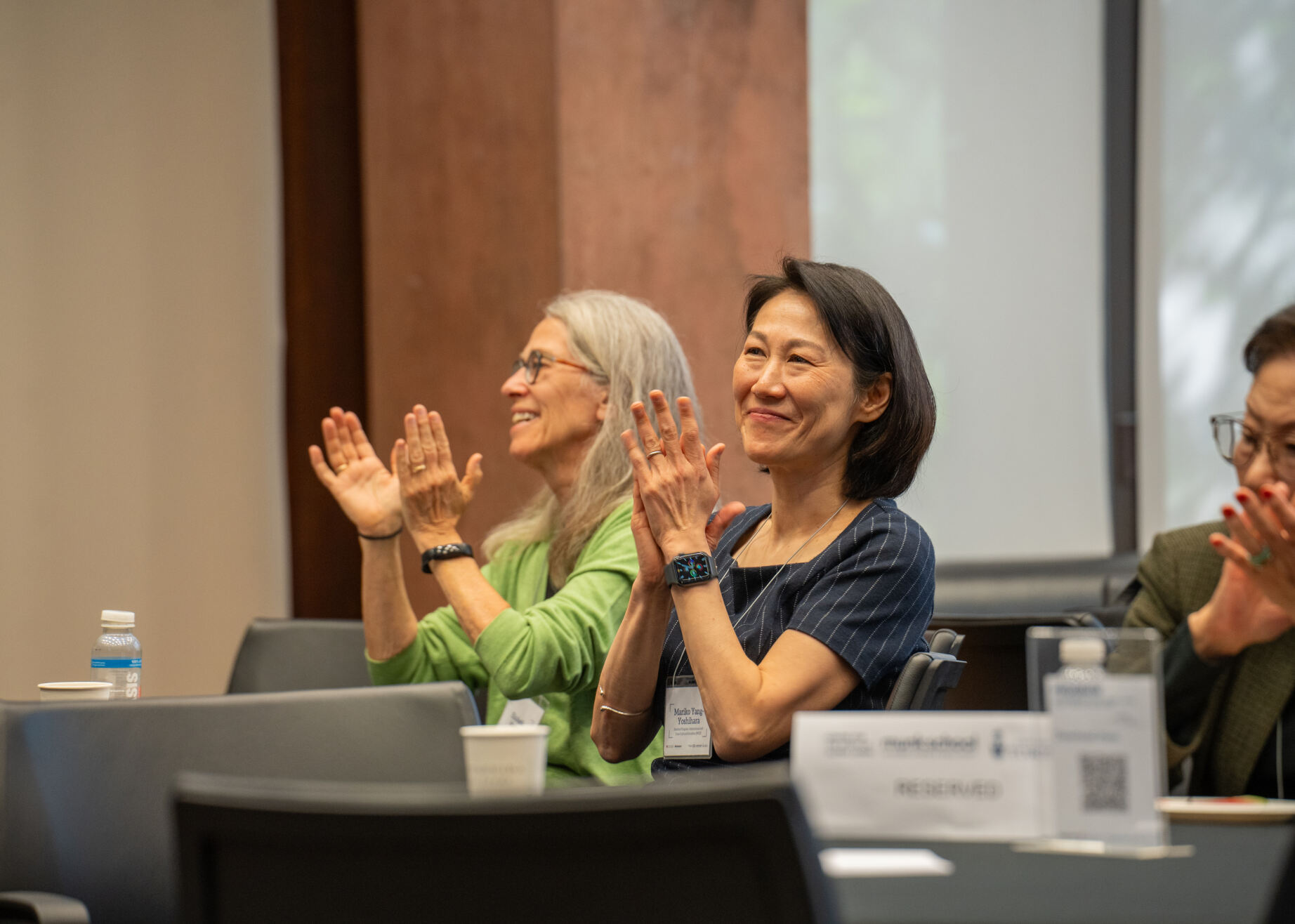
The lunchtime speech was delivered by Dr. Mariko Yang-Yoshikara at the Stanford Program on International and Cross-Cultural Education. She is also Co-founder of SKY Labo. In her talk, she argued for greater emphasis on STEAM (rather than STEM) education. She defined STEAM education as the intersection between STEM and Liberal Arts. She highlighted the need for more humanistic approaches to STEM. In particular, she explained the importance of empathy in identifying, solving, and addressing the world’s wicked problems and introduced the STEAM and design thinking programs that were implemented in the City of Kyotangoshi in partnership with the Board of Education, Okinawa Institute for Science and Technology Graduate University, and an online program supported by PwC Japan.
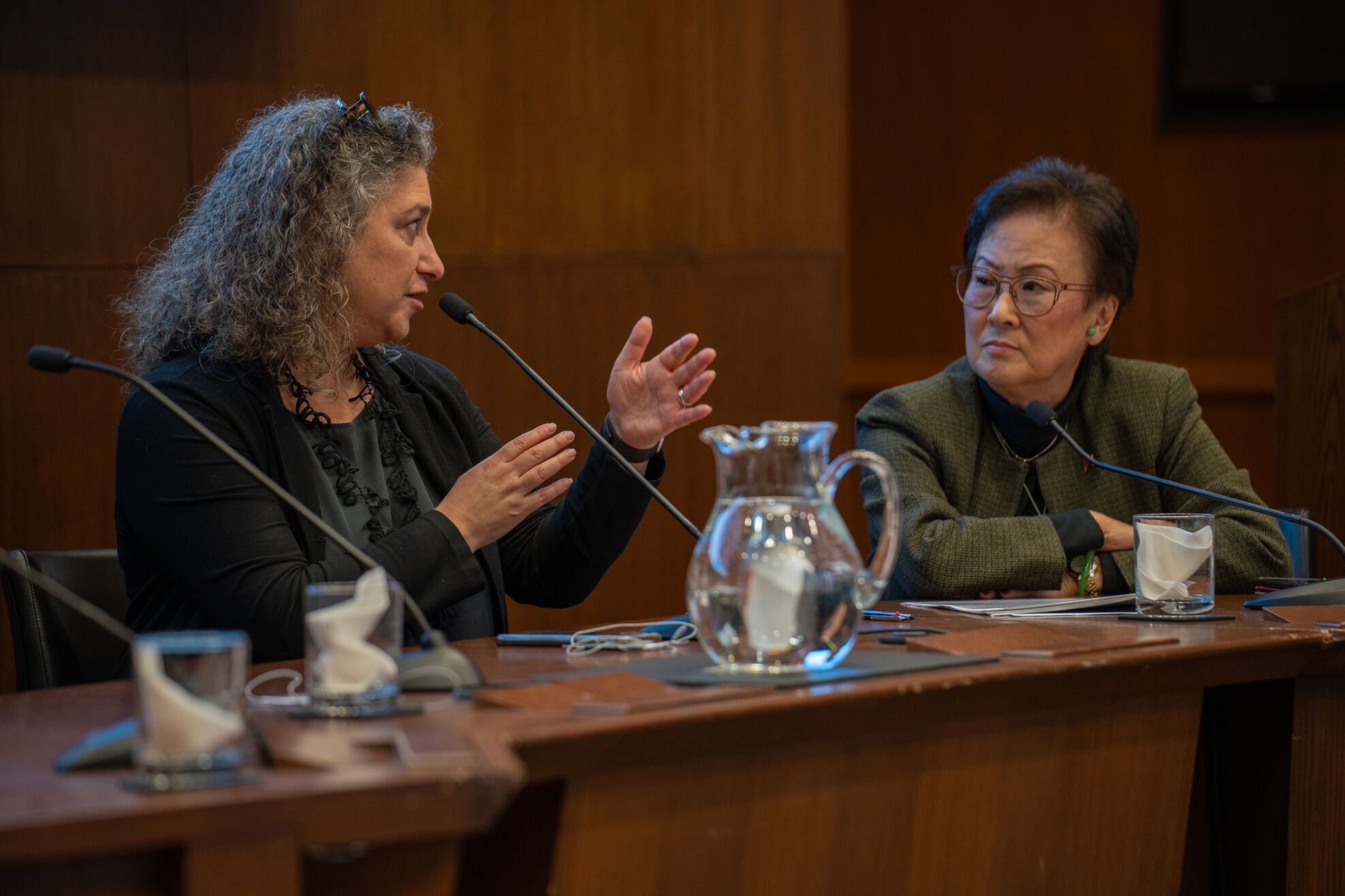
The third session focused on innovation and entrepreneurship in STEM and was moderated by Christine Nakamura, Vice-President of the Asia Pacific Foundation of Canada. In this panel, Takara Small, a technology journalist, and Allison Sekular, a cognitive neuroscience professor and entrepreneur, shared their experiences, their passion for advancing STEM for all genders, including women, and their ground-breaking projects that address the STEM gap, especially in underserved communities.
The keynote presentation was delivered by Dr. Ge Wang, Associate Professor at Stanford University in the Centre for Computer Research in Music and Acoustics. His talk, “Artful Design: Why the ‘A’ in STEAM,” also emphasized the importance of aesthetics in STEM. He urged the participants to take courage when approaching the unknown, emphasized the need for playfulness and curiosity, and to understand what technology can do for us – including technology that creates a sense of calmness in the midst of chaos.
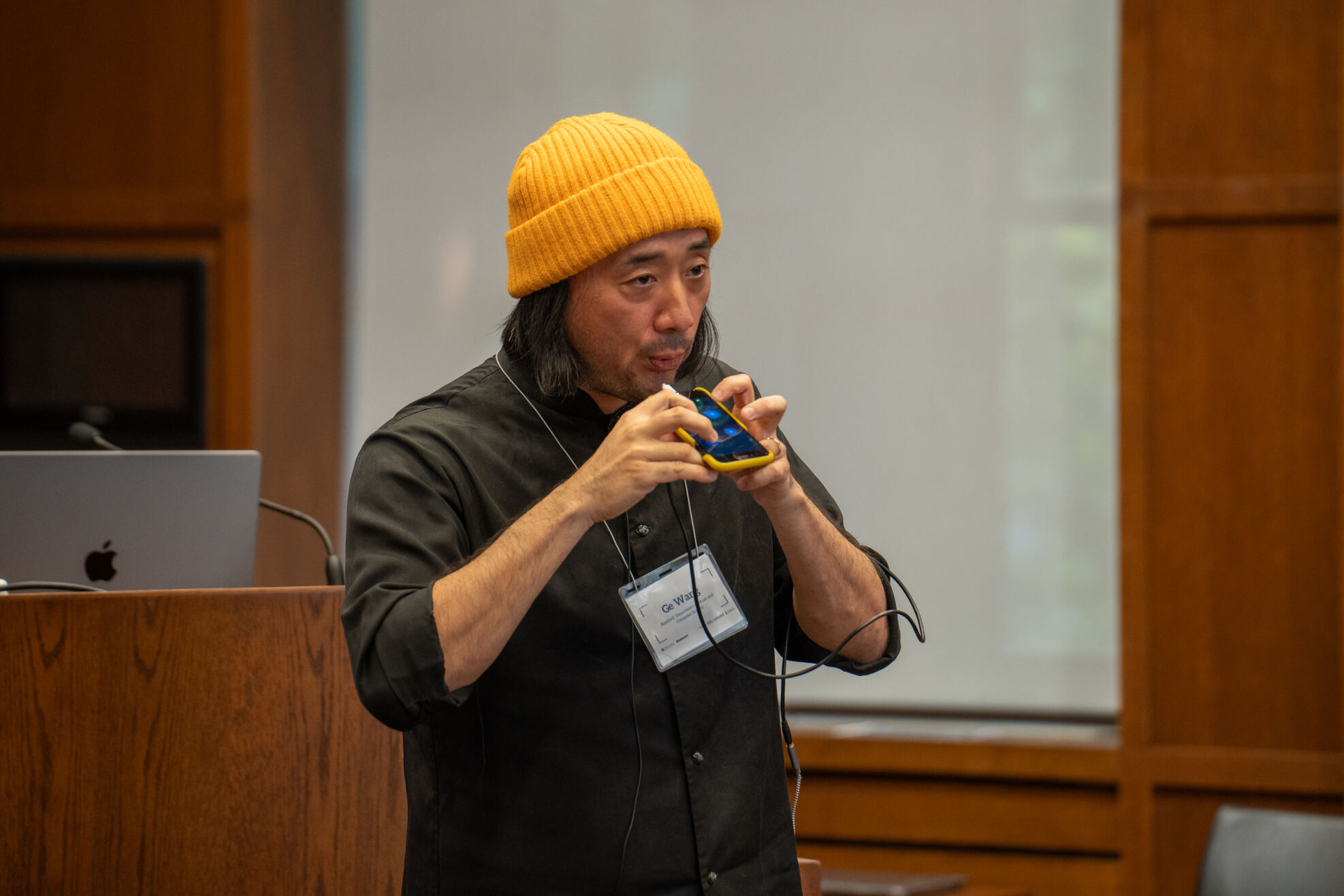
The Symposium offered a wide range of data and ideas to help educators and policymakers bridge the intersection of policy, research, and practice in STEM and STEAM education. The rich dialogue generated many insights about how to create more opportunities for young children, youths, and adults to explore and understand the importance of STEM/STEAM learning. The symposium attracted a large, engaged audience, and we look forward to continuing the conversation to enhance educational opportunities in Canada, Japan, and beyond.

